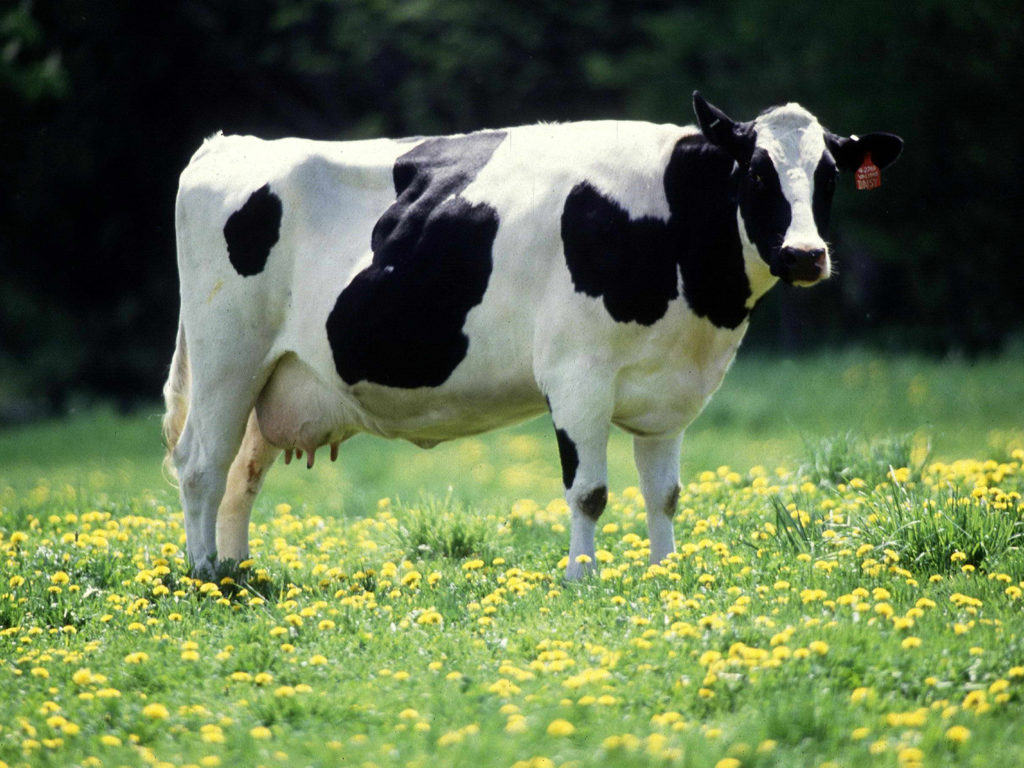Making Your Home Dairy Less Scary: Pasteurization And Safe Milk Production
Hobby farmers can reap many benefits from owning food animals in a domestic environment; among these are eggs, fiber, companionship, and for owners of animals like cows, miniature cows, and goats, milk. However, milk obtained from an animal needs to be treated through a process called pasteurization in order to be fit for consumption.

“Pasteurization is the process of heating milk (or other foodstuffs) to a specified time and temperature in order to kill organisms in the milk that may cause spoilage or disease if consumed,” said Dr. Benjamin Newcomer, a clinical associate professor with the Texas A&M College of Veterinary Medicine & Biomedical Sciences’ (CVMBS) Veterinary Education, Research, & Outreach (VERO) program. “Pasteurization is practiced widely to enhance food preservation and promote food safety.”
Newcomer says that raw milk may contain a variety of bacteria, including Salmonella, E. coli, Listeria, and Campylobacter, which are capable of causing disease when consumed by humans. Even if the milked animal is not sick and visually appears healthy, these bacteria may still be present.
The health risks of contaminated raw milk are greatest for infants and children, senior citizens, pregnant women, and those with weakened immune systems.
Luckily, pasteurization is a straightforward process that can easily be done at home on the stove in a pan or double boiler or through relatively inexpensive small batch pasteurizers.
Newcomer says that conventional pasteurization requires heating milk to 145°F (63°C) for 30 minutes. Milk can also be pasteurized by heating it to 161°F (72°C) for at least 15 seconds. When heating to the target temperature, it is important to use a thermometer to verify that the correct temperature has been reached. The milk should be stirred occasionally while heating to ensure a consistent temperature is reached throughout.
Caring for a milking animal is similar to providing proper care for any member of their species, Newcomer says.
“Milking animals should be fed a healthy, balanced diet and provided with plenty of clean, fresh water to maintain the health of the animal as well as to provide the necessary inputs for milk production,” he said. “A combination of good-quality forage and energy sources are needed to keep the animal healthy.”
When a milking animal requires veterinary care that includes the administration of medication, owners should be aware that residues of the medicine may be present in the animal’s milk for a period of time even after their course of treatment has finished.
“With the exception of some nutritional supplements, such as vitamins and minerals, approved medications will have a withdrawal time during which time milk from treated animals may not be consumed. This is to ensure the milk does not contain any drug residues,” Newcomer said. “All drugs approved for use in milk cows will have the established withdrawal period displayed on the label. Extra-label use of medications can only be performed by a licensed veterinarian who can assist with establishing proper withdrawal times, if needed.”
With the appropriate precautions and attention to animal care, owners of milking animals can experience the satisfaction of producing their own food in addition to the companionship and other benefits.
“Raising cattle for home milk consumption can be very rewarding but attention to animal health and food safety is important,” Newcomer said. “Pasteurization does not decrease the nutritional value of milk; it remains an excellent source of calcium, protein, and other nutrients.”
Pet Talk is a service of the College of Veterinary Medicine & Biomedical Sciences, Texas A&M University. Stories can be viewed on the web at vetmed.tamu.edu/news/pet-talk. Suggestions for future topics may be directed to vmbs-editor@tamu.edu.


